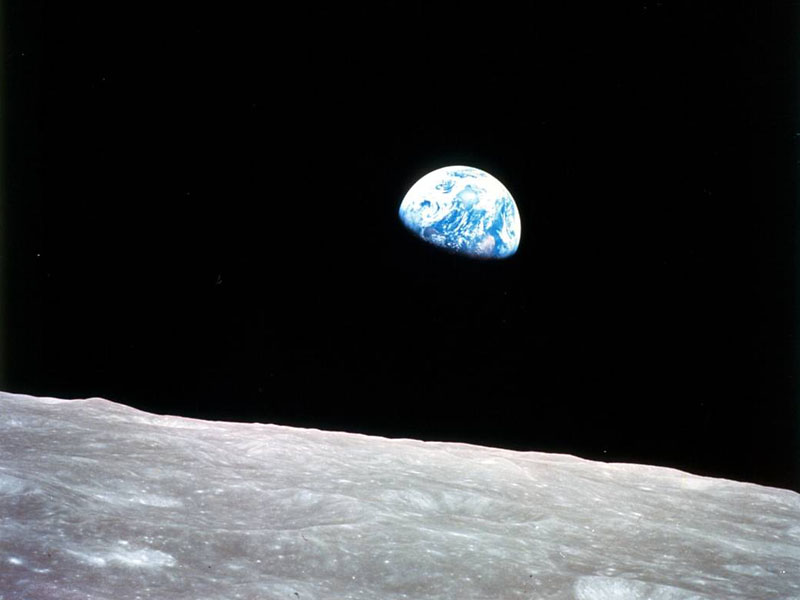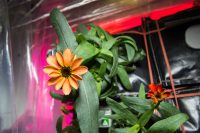Apollo 8, the first manned mission to the moon, entered lunar orbit on Christmas Eve, Dec. 24, 1968. That evening, the astronauts held a live broadcast from lunar orbit, in which they showed pictures of the Earth and moon as seen from their spacecraft. Possible future technology like solar gravitational lensing may give us pictures of other worlds detailed enough to reveal continents and oceans, like this photo of Earth. (NASA)
Home Apollo 8, the first manned mission to the moon, entered lunar orbit on Christmas Eve, Dec. 24, 1968. That evening, the astronauts held a live broadcast from lunar orbit, in which they showed pictures of the Earth and moon as seen from their spacecraft. Possible future technology like solar gravitational lensing may give us pictures of other worlds detailed enough to reveal continents and oceans, like this photo of Earth. (NASA) Apollo 8, the first manned mission to the moon, entered lunar orbit on Christmas Eve, Dec. 24, 1968. That evening, the astronauts held a live broadcast from lunar orbit, in which they showed pictures of the Earth and moon as seen from their spacecraft. Possible future technology like solar gravitational lensing may give us pictures of other worlds detailed enough to reveal continents and oceans, like this photo of Earth. (NASA)
Apollo 8, the first manned mission to the moon, entered lunar orbit on Christmas Eve, Dec. 24, 1968. That evening, the astronauts held a live broadcast from lunar orbit, in which they showed pictures of the Earth and moon as seen from their spacecraft. Possible future technology like solar gravitational lensing may give us pictures of other worlds detailed enough to reveal continents and oceans, like this photo of Earth. (NASA)




